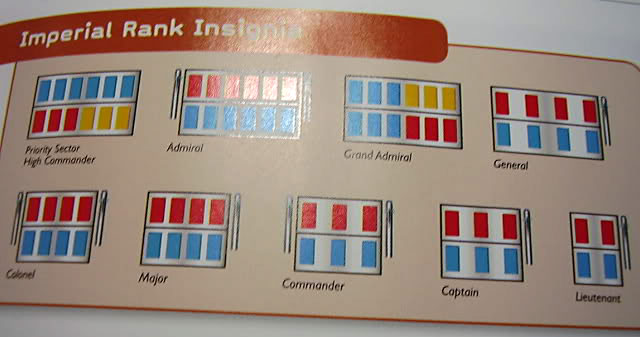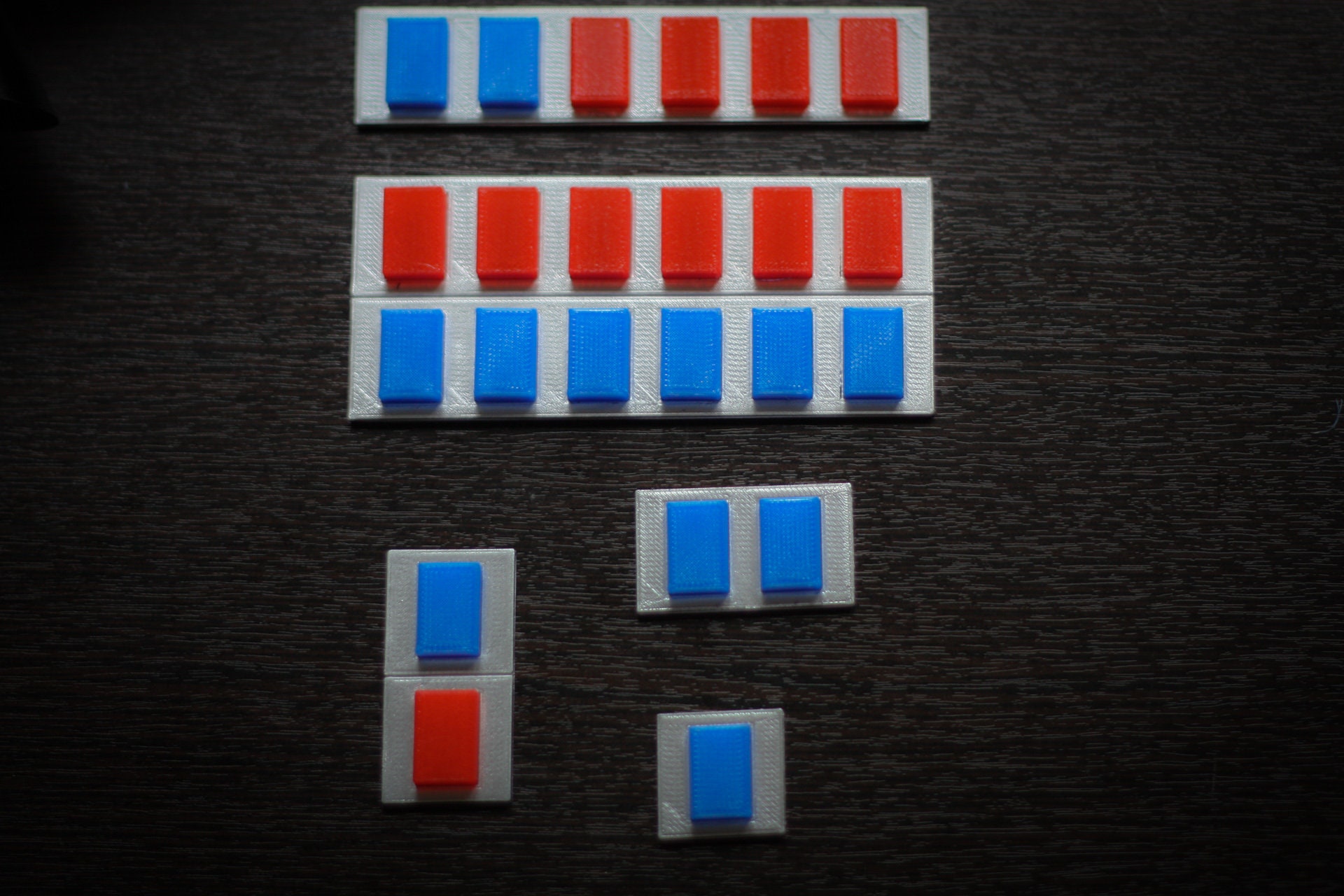
In the modern Imperial Navy, Commanders have taken over screening ships, like destroyers, that performed many of the escort or raiding functions previously performed by Frigates (though modern destroyers are as large now as the frigates were in the early Imperium).

The term Captain is from the Latin “caput” meaning “head”.Ĭaptains also command Destroyer Flotillas (about eight ships), and groups of similar ships where all the ship captains would only be Commanders or Lieutenant Commanders.Ī Commander was originally the appropriate rank for command of a Frigate (the forerunner of the modern cruiser).

Only the Captain can give orders to the crew. An Admiral can give him orders for what to do with the ship but is otherwise no more than a passenger. A Captain has sole responsibility for his ship. Capital ships are meant to fight in the Line of Battle (Battleships), escort battleships or merchant convoys (Cruisers), or are Carriers. Iridium officers either command capital ships or are executive officers of a more senior officer.Ī Captain commands the basic unit of naval strength, a capital ship. Ranks O1-O3 have gold bars, ranks O4-O6 have iridium bars (supposedly representing the power of the Iridium Throne). where the ship captains are actual captains.īelow the “Stars” are the “Bars”: officers whose rank insignia are made up of bars of metal. Today the Imperial Navy uses Commodores to command squadrons. They are also sometimes referred to as “One-Star Admirals” (as opposed to “Two-Star Admirals”) or “Black-Star Admirals” (as opposed to “Gold-Star Admirals”) due to their rank insignia.Ī Commodore was originally a Captain who was given flag command over other ships as well as his own. They are also sometimes referred to as “Two-Star Admirals” due to their rank insignia.įleet Admirals command Fleets (groups of squadrons) or Task Forces (which would be ships assembled for a specific operation). The highest combat organisation of the Imperial Navy is by theatre (originally sector-wide) thus Admirals are now called “Sector Admirals”. As the Imperial Navy grew, and “fleet” came to mean many small fleets, Admirals would assume the largest commands. Historically, an Admiral commanded the main body of an Imperial fleet. Partially an honorary rank, rather than a practical field rank, the Grand Admiral concerns himself with long-range strategic policy-making and overall procurement programs.

The Imperial Navy has only one Grand Admiral. The Grand Admiral is the top general rank. Any other officers of these ranks present are then referred to as “Vice Admiral” or “Rear Admiral”. The most senior Admiral present (including any Commodores, but not counting a Grand Admiral) is usually referred to just as “Admiral”. The Admiral ranks (sometimes called the “Stars”).


 0 kommentar(er)
0 kommentar(er)
